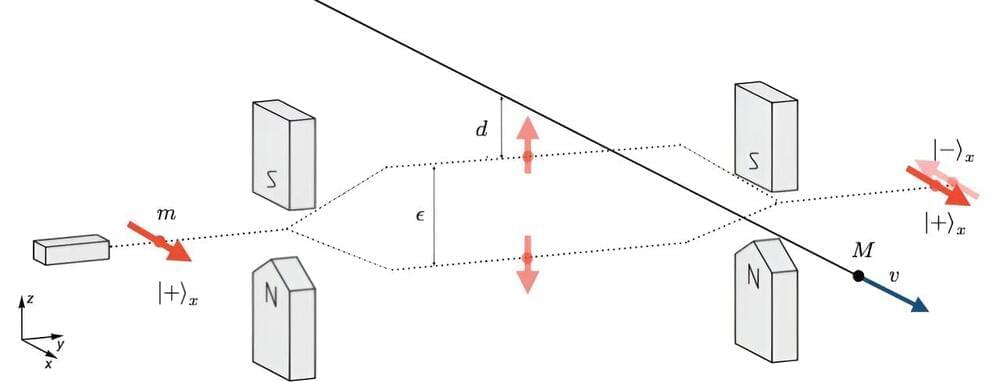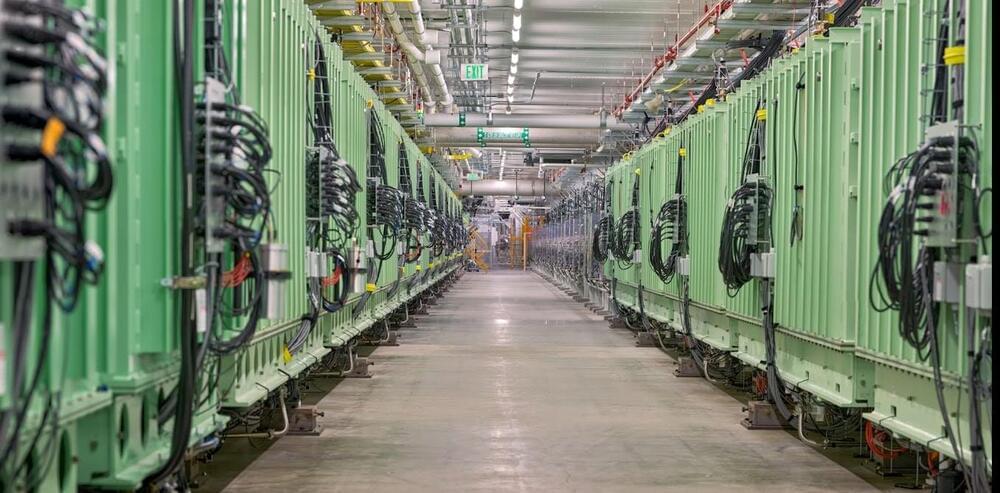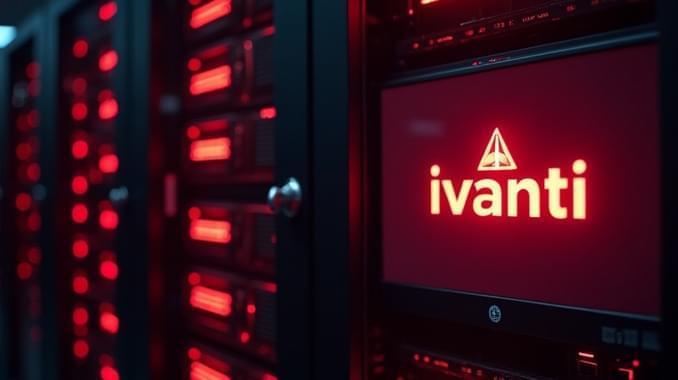While various studies have hinted at the existence of dark matter, its nature, composition and underlying physics remain poorly understood.



In fusion experiments, understanding the behavior of the plasma, especially the ion temperature and rotation velocity, is essential. These two parameters play a critical role in the stability and performance of the plasma, making them vital for advancing fusion technology. However, quickly and accurately measuring these values has been a major technical challenge in operating fusion reactors at optimal levels.

The word magic is not often used in the context of science. But in the early 1930s, scientists discovered that some atomic nuclei—the center part of atoms, which make up all matter—were more stable than others. These nuclei had specific numbers of protons or neutrons, or magic numbers, as physicist Eugene Wigner called them.

ESA’s first planetary defence spacecraft has departed planet Earth. The Hera mission is headed to a unique target among the more than 1.3 million known asteroids in our Solar System – the only body to have had its orbit shifted by human action – to solve lingering mysteries associated with its deflection.
By sharpening scientific understanding of the ‘kinetic impact’ technique of asteroid deflection, Hera aims to make Earth safer. The mission is part of a broader ambition to turn terrestrial asteroid impacts into a fully avoidable class of natural disaster.
Developed as part of ESA’s Space Safety programme and sharing technological heritage with the Agency’s Rosetta comet hunter, Hera lifted off on a SpaceX Falcon 9 from Cape Canaveral Space Force Station in Florida, USA, on 7 October at 10:52 local time (16:52 CEST, 14:52 UTC) with its solar arrays deploying about one hour later.
An exploration of completely autonomous AI, the implications of it, and how we are moving towards. And the spooky possibilities of it.
My Patreon Page:
/ johnmichaelgodier.
My Event Horizon Channel:
/ eventhorizonshow.
Music:
An exploration of the possibilities of alien survival von neumann probes designed to serve as lifeboats for interstellar travelers.
My Patreon Page:
/ johnmichaelgodier.
My Event Horizon Channel:
/ eventhorizonshow.
Music:
Dr. Isaac Asimov was a prolific science fiction author, biochemist, and professor. This was recorded in 1982. Asimov was best known for his works of science fiction and for his popular science essays. Born in Russia in 1920 and brought to the United States by his family as a young child, he went on to become one of the most influential figures in the world of speculative fiction. He wrote hundreds of books on a variety of topics, but he’s especially remembered for series like the \.
From the mind of Callum Diggle comes a bleak outlook for humanity, set hundreds of years in the future. The universe of Humanity Lost is one we’d we’d barely recognize, but there is a lot to discover. In today’s video, we’ll discuss a few of the events that led to humanity’s downfall, as well as exploring some of the new forms of life that await us.
For ad-free, extended editions, EXCLUSIVE videos, and more, check out my Patreon!
▷ / thoughtpotato.
To keep up with the epic story of Humanity Lost, be sure to check out Callum Diggle’s links, and especially his Patreon:
▷ / callumstephendiggle.
▷ / callumstephendiggleart.
▷ / callumdiggle.
And make sure you check out Qalasaci’s artwork on DeviantArt!
▷ https://www.deviantart.com/qalasaci.
And finally, if you don’t pay a visit to AzFk’s channel, you are SEVERELY missing out:
▷ / @azfk.
Thanks to everyone who helped make this video possible!

